Tuscany: Home to the Cultural Routes of Europe
Now don’t get me wrong: I have absolutely nothing against the grand majestic landscapes of our planet, the Grand Canyon and Utah’s Monument Valley, or the barren rocks and icey cliffs of the high mountains, and I am as much in awe of the “the graceful indifference with which they disdain to destroy us” as the next hiker.
What annoys me a bit, however, is that some nature lovers sneer at all landscapes that somehow fail to meet this “standard of sublimity”, specifically at all cultured landscapes, as though they were somehow impure for having been touched by human hands.
In my view, they are not lesser but merely different, with their fields, roads and footpaths, and perhaps a church steeple here and there. Such landscapes do not confront but embrace, they do not shout at you like some angry god who tries to put you “back in your place”, but make you feel a part of them, of the scenery and of everything that humans have done to it in thousands of years.
Such landscapes are tableaux vivants of history on a scale which is as grand as that of the Grand Canyon, only shorter: the history of human civilization.
These landscapes are not unique to Europe, but in Europe alone can you unfold them, layer upon layer: from the layer of modernity (you never have to look long to find something that was added in the last 20 years or so: a wind farm, pylons, a motorway) to the monuments of our industrial past (railway bridges, traces of mining activity) and features that reach back hundreds of years to the Middle Ages (churches), antiquity (aqueducts) and beyond (such as shapes of settlement, terraced hill farms and cleared woodlands).
This is what is known among historians as a palimpsest: what happens when you write on a surface without erasing what had been written there before. These “palimpsest” landscapes are what defines Europe – and at the same time her greatest treasures.
In order to protect these landscapes and to promote a wider awareness for their unique value, the EU established a programme of “cultural routes of the Council of Europe” and “major cultural routes” in 1987, in essence a range of two-star and three-star hiking trails.
The first ever route whose cultural importance was recognized in this way was the Way of Saint James, and the many routes that have since been integrated into the programme reflect the whole range of Europe’s cultural variety, having been dedicated to (among others) Mozart, the Vikings, medieval trade routes and the progress of industrialization.
Rather high on that list of culturally important routes is the Via Francigena, the pilgrimage trail to Rome “from France”, hence the name, although in its most famous version, it has included the additional journey from Canterbury ever since Archbishop Sigeric came down the Francigena in the 10th century to received his investiture from the Pope – not because he was such an avid hiker, presumably, but because the sea route was considered unsafe (too many pirates).
About 1,000 pilgrims every year still make the journey, following Sigeric’s footsteps all the way for about 1800 km through France, Switzerland and northern Italy – it takes roughly three months.
Shorter stretches of the Francigena are, however, far more popular, particularly since Italy has restored and properly marked the ancient path in the early 2000s.
Less well known is the European Route of Historical Thermal Towns, not least because the role that thermal waters have played in the development of the continent is still underrated. But from antiquity to modern times, political and cultural elites who were travelling to spa towns have created centres of cultural exchange, and the modern world would have developed differently without them – not to mention modern tourism.
Both routes meet in Northern Italy, in Tuscany near the towns of Montecatini, San Gimignano and Siena, and we Easy Hikers are privileged to have been invited by the Institut Europeen des Intineraires Culturels in its latest push to make these cultural trails more popular.
So from Wednesday onwards, we will explore this corner of Tuscany and its cultural landscapes, keeping you up-to-date as we go on.

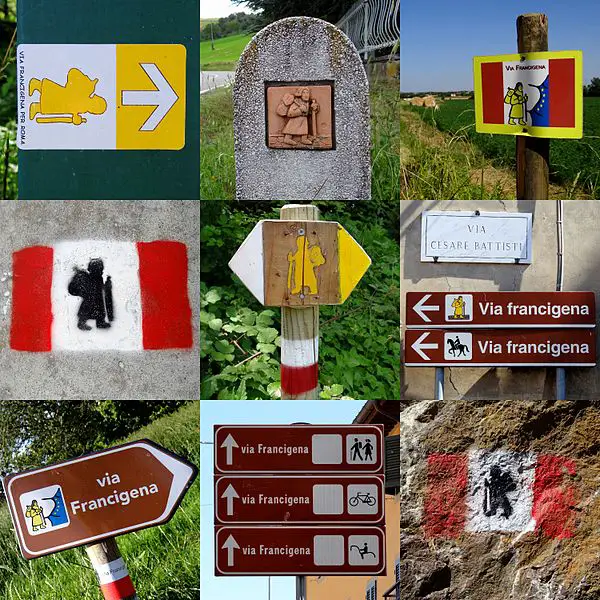
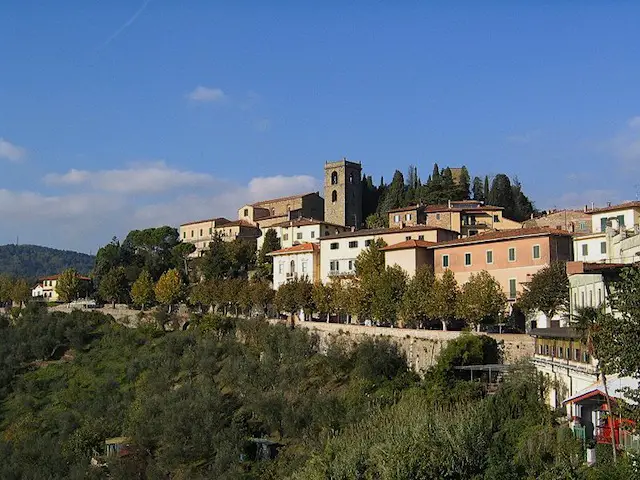
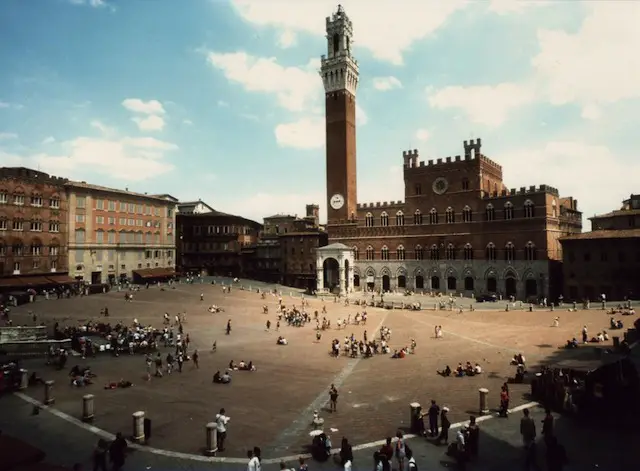

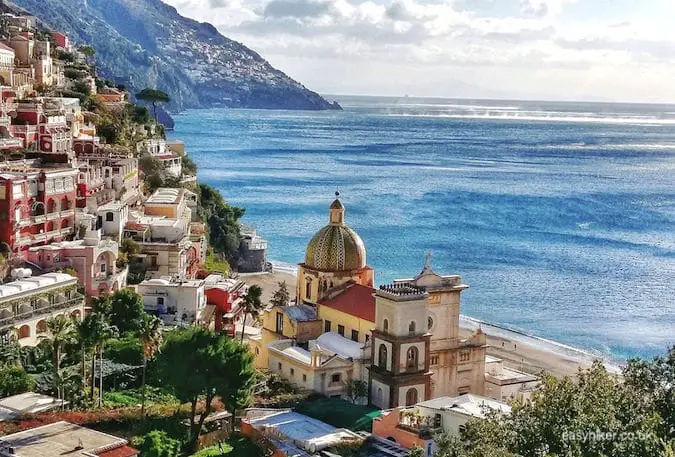

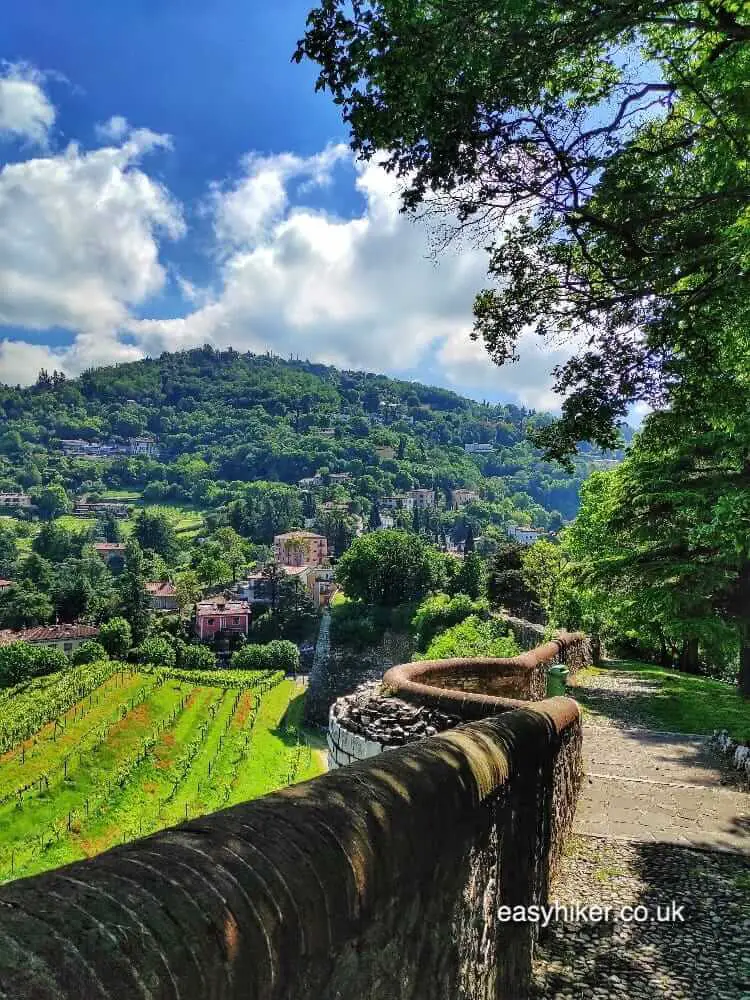


We love Tuscany! What more, it’s only there where we can have pici, Calogero!
Wonderful pics in Tuscany. I am lucky to live in Italy so that I can go there relatively often.
Lucky you. What fun it would be to explore these routes on foot – and I like you am happy to hike anywhere that’s interesting. Wild mountains are wonderful but trails that take you through towns and deposit you in front of cafes work just as nicely for me.
Oh how I love to peel away the layers of time to reveal civilizations long gone by now. These trails sound like they offer real insight into the history of the region, something I seek out in all of my travels. Understand where you’ve been to understand where you are now! Never heard of tableaux vivants before but I like it! Gorgeous pics too my friends.
I have not heard of either of these routes and thought I was clued up about European trails. Thought the one to Rome “from France” would have been more popular
Cultural routes sound like a great way to preserve culturally significant sites but also give the public a chance to enjoy and appreciate them as well. Thanks for sharing these “path less traveled” hiking routes. Great to get in a workout while learn some history.
Keep on following, Jackie, as our trip to Tuscany may show you new interesting places to visit in Italy next time you’re around.
I’m glad you are enjoying our blog, Alberto. Thanks for your encouraging remarks and for dropping by.
I followed from a while this blog and I found funny and interesting ideas and articles about hiking and spots where to practice a nice walking around nature or to beautiful and historical places. Keep going on with this interesting reports, it is becoming addicting.
Loved this post and am looking forward to those that follow. Most interesting to us wanna-be ‘hikers’ and Europhiles (my definition of those who can’t get enough of all things Europe – past and present)!